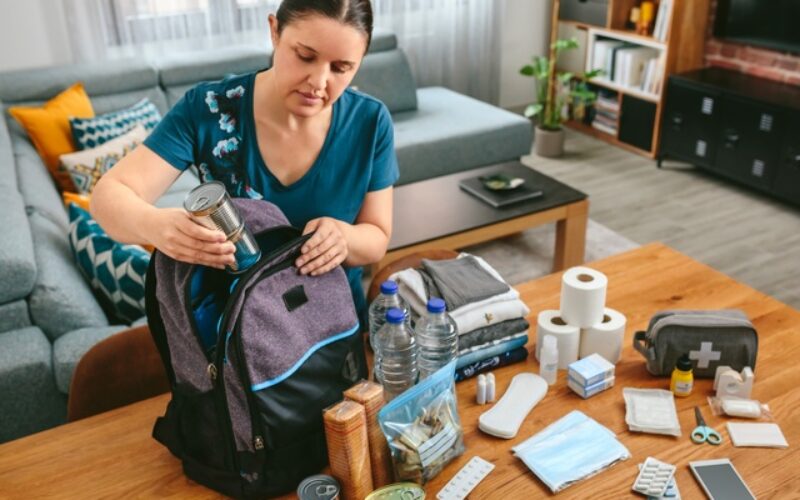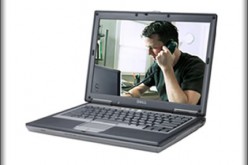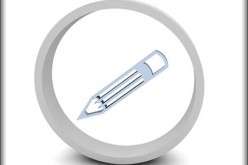Natural disasters, power outages, and emergencies strike without warning. Having a well-stocked survival kit gives you the tools and supplies you need when normal services become unavailable. This is your guide to assembling a survival kit that can be your lifeline when regular infrastructure fails.
What a Survival Kit Is For
Mainly, your survival kit provides essential resources when you cannot access stores, restaurants, public utilities, and other important services. The kit keeps you fed, hydrated, and safe while you wait for conditions to improve or help to arrive. A truly well-rounded kit will prepare you for shelter-in-place and evacuation emergencies, but you can also prepare two.
The goal in assembling a kit is to reduce your dependence on outside assistance during the critical first 72 hours of an emergency. Government agencies and relief organizations need time to assess damage and deploy resources. Your preparation during this window can make the difference between discomfort and genuine danger.
What To Include in Your Kit
Though the contents of your kit depend on your area’s weather, its likely disasters, and your personal needs, the following are items that everyone should pack.
Water and Food Supplies
Store one gallon of water per person per day, with enough for at least three days. Water purification tablets or portable filters are also good to have to extend your supply when stored water runs out.
As for food, choose nonperishable goods that require no cooking or refrigeration, such as canned goods, dried fruits, nuts, energy bars, and crackers.
Tools and Equipment
Bring a battery-powered or hand-crank radio to stay informed about conditions and rescue efforts. Don’t forget flashlights with extra batteries and a well-stocked first aid kit. If you or your family takes any prescription medications, make sure to stock up and put them in the kit.
We also recommend including a multi-tool or knife, along with duct tape and plastic sheeting, to help with temporary repairs and shelter. Browsing military surplus equipment is a great place to find high-quality, dependable versions of these essentials and more.
Personal Items and Documents
Keep copies of important documents in waterproof containers: identification, insurance policies, bank information, and family contact lists. Include a change of clothing and sturdy shoes for each family member. And remember personal hygiene items and sanitation supplies.
How and Where To Store Your Kit
Lastly, this guide to assembling a survival kit will cover where to keep your supplies. Choose a storage location that keeps the kit’s contents safe from damage but still remains accessible during emergencies. Basements work well unless flooding threatens your region.
Additionally, check your kit every six months. Replace expired food, water, and medications. Test batteries and replace them if they’re dead. Update documents and contact information. Rotate clothing to match seasonal needs.
Lastly, mark expiration dates clearly and set reminders to review your supplies. This regular maintenance keeps your kit ready when you need it most. With a well-stocked kit and smart storage and maintenance practices in place, you and your family should be ready to weather most emergencies.
Image Credentials: photo by David Pereiras, license #479916479
end of post idea for home improvement
view and analyze home improvement ideas at our LetsRenovate center
Helpful article? Leave us a quick comment below.
And please give this article a rating and/or share it within your social networks.









